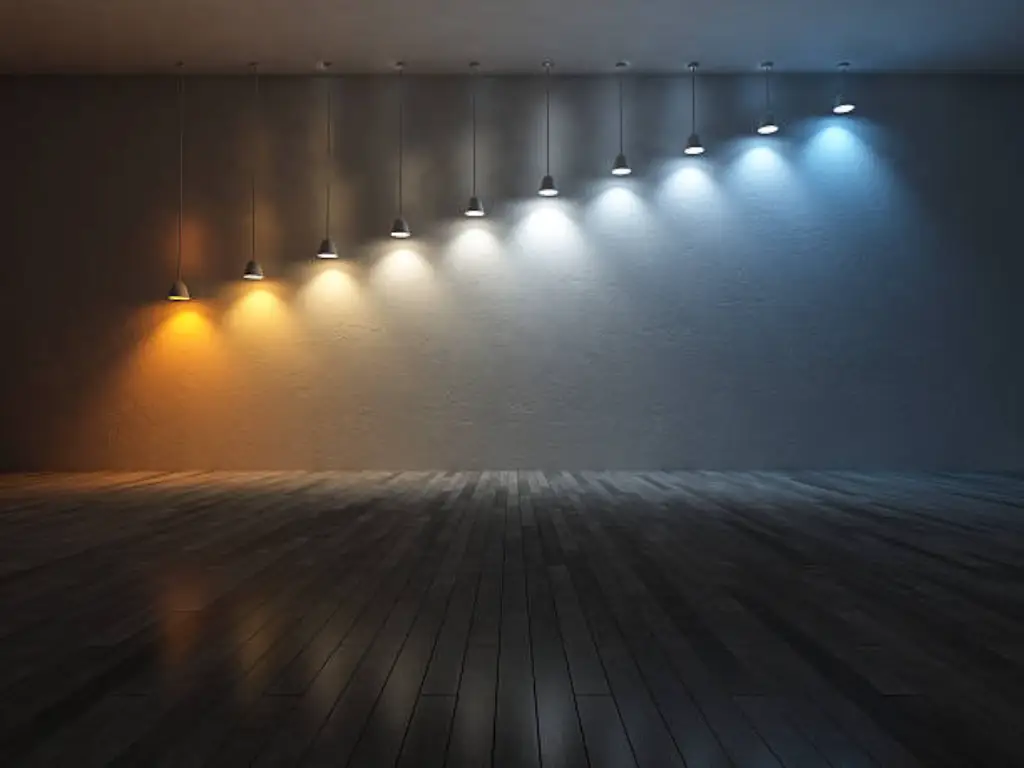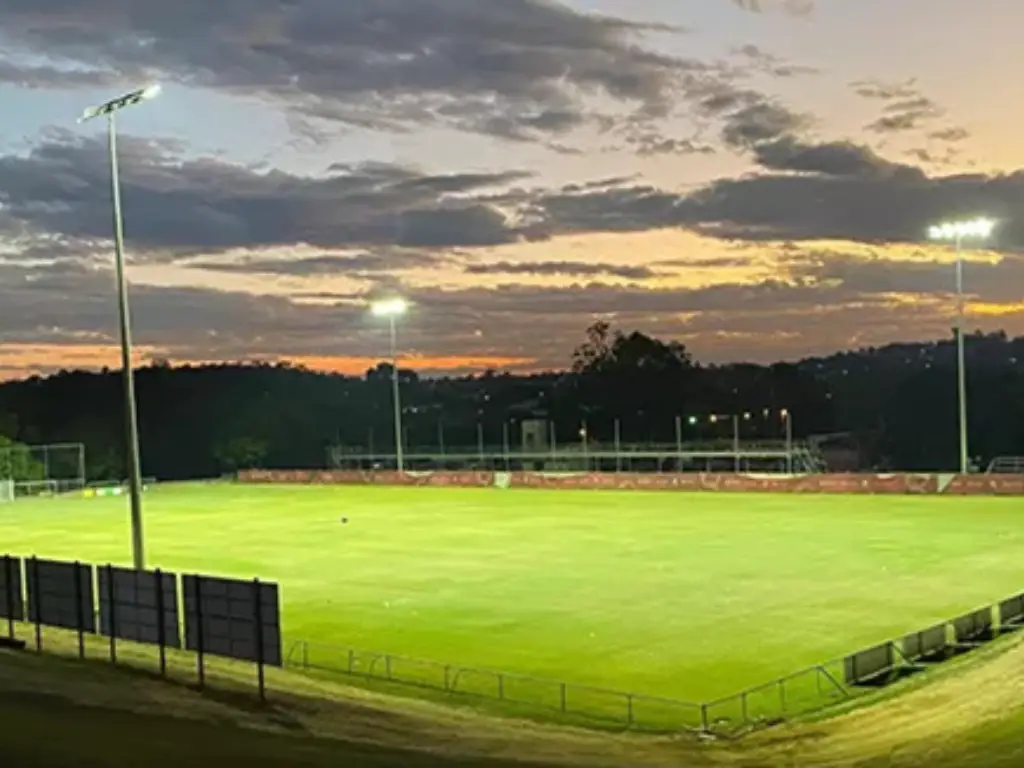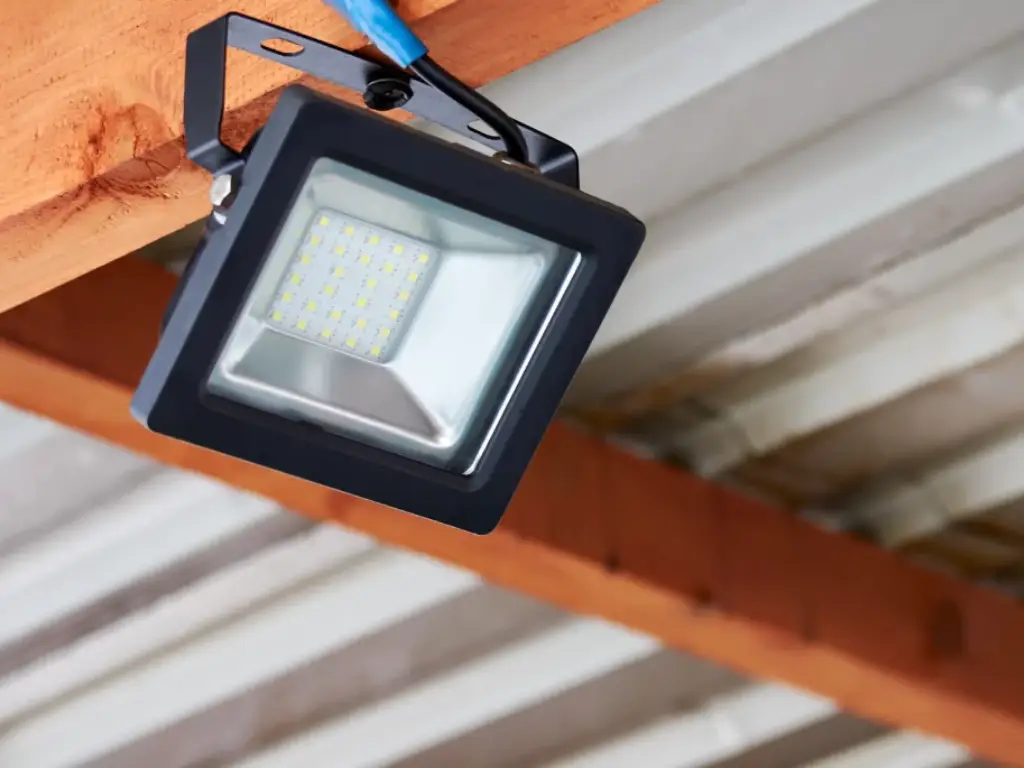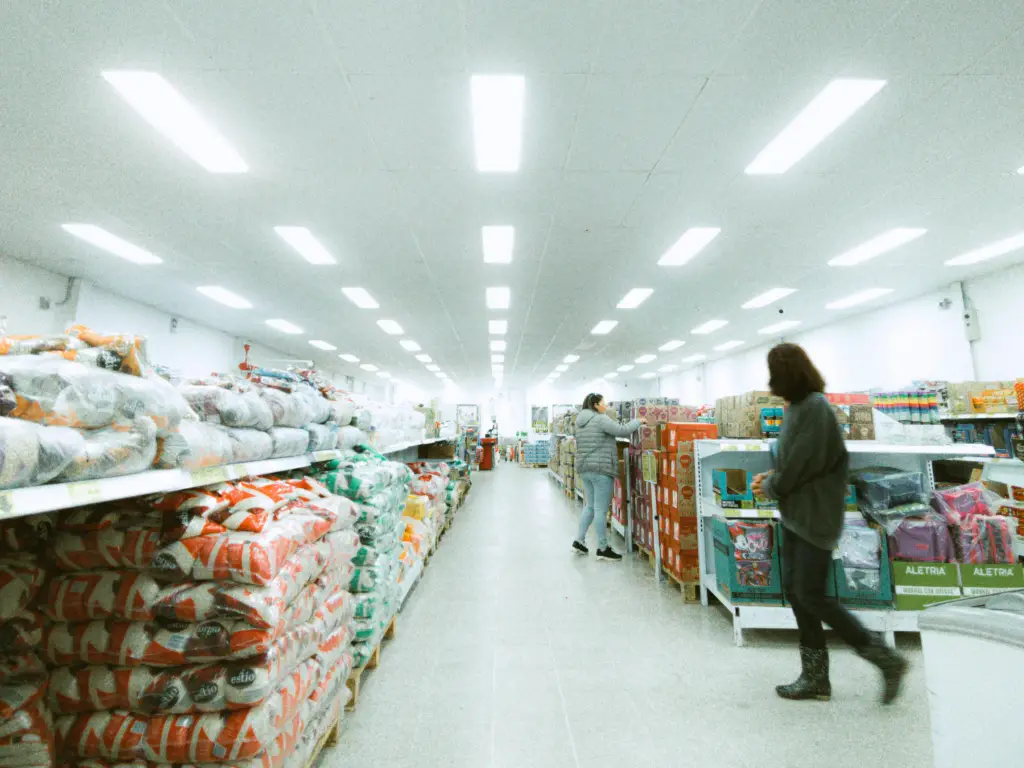Introduction to Lux Levels and Why They Matter
What is it about some rooms that exude charm and warmth more than others? One of the different reasons for this is the lux level, which refers to the amount of light present in a room. A lux, which is derived from the Latin term “lux”, is a unit of measure that describes the amount of light incident on a particular surface. This unit is especially important for lighting design since it determines how a location is perceived visually, as well as how one feels and works in that space.
Measuring lux levels is not only a matter of beauty but also a matter of health and purpose. For example, the Illuminating Engineering Society (IES) has conducted studies proving that lighting below 300 lux leads to eye strain and headaches while living spaces with more than 500 lux shine bright can cause fatigue. On the other hand, an environment where you are working on tasks that require too much focus will benefit from properly lit spaces.
Different activities and environments are suited to certain levels of illumination. This is indicated in the standard lux level chart. If it’s a high-precision room or even a cozy living room, knowing how to apply the proper lux levels can change the game. Light intensity and level of illumination are the most important factors that help to create pleasant and efficient working and living spaces.
What is a Standard Lux Level Chart?
A standard lux level chart is defined as a graph that presents the recommended illuminance levels for various kinds of rooms and activities. The guidelines rest on thorough analysis and industry benchmarks like those of the Illuminating Engineering Society (IES) and the International Organization for Standardization (ISO). These charts address the needs of safety, functionality, and energy use by defining some standards according to room use:
- General spaces (e.g., corridors): 100-200 lux
- Task-intensive areas (e.g., workshops): 500-1,000 lux
- Precision work zones (e.g., labs): 1,000-2,000 lux
Such charts normally classify spaces in terms of their use, such as living rooms, bedrooms, dining rooms, and even offices and factories. Each type is given a range of lux levels which are regarded as best for various activities and moods that are pertinent to that space. With a standard lux level chart, one can achieve the intended level of illumination for comfort, safety, and productivity within industrial settings. The same applies to office or workstation area designs, where knowing the right lux level for each design is critical to getting the right lighting.
Optimizing Your Space with the Right Lux Levels
Recommended Lux Ranges by Room Type
Rooms need to be lit to a minimum effective level, which is termed luxurious. Below is a summary of basic lux settings per room:
| Room Type | Recommended Lux Range |
| Living Room | 100-300 lux |
| Bedroom | 100-200 lux |
| Kitchen | 300-750 lux |
| Home Office | 300-500 lux |
| Bathroom | 100-300 lux |
| Hallway | 50-100 lux |
Compared to other areas, the cozy living rooms and bedrooms that are done in a luxurious style require less lighting. Some areas of the rooms like reading corners and dressing tables require more light than the others.
Kitchens and home offices are exceptions since work done in these areas requires higher lux levels. Clearly, cooking requires a lot of light in the kitchen to prevent accidents while cooking, reading recipes, and performing intricate tasks. It is said that the better light is distributed in kitchens, the more the functions performed in the kitchen safely increase.
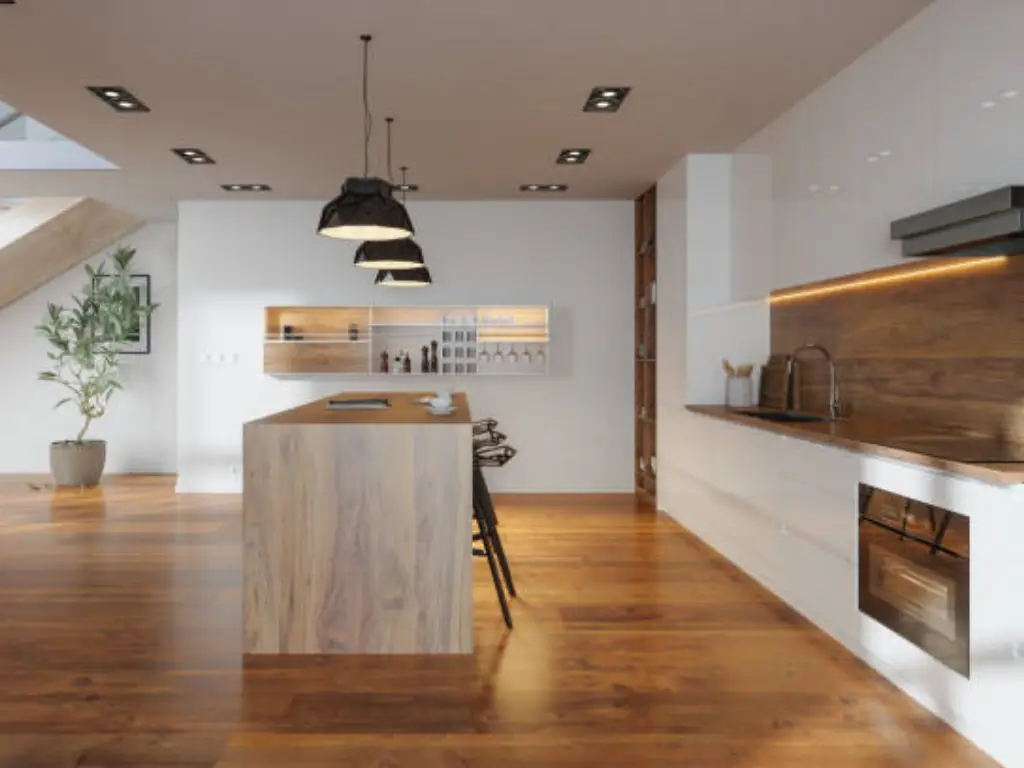
Sufficient luxes for both bathrooms and hallways are moderate. The right bathroom lights are very helpful in observing clean up and hygiene procedures, but poor lighting for the hallways is what creates welcoming instead of offensive pain to the entrance of your home.
Specific chores and personal taste allow flexibility in the parameters set by pre-pick. For other activities apart from reading, a living room range of 100-300 can be adjusted to 500 lux.
Specialized Scenarios
Set requirements for lux levels exist in commercial and industrial spaces in addition to residential ones. These areas generally have more stringent requirements because of the type of work being carried out and the corresponding need for higher visual detail levels.
To illustrate, office work surfaces require illumination of at least 500 lux to enhance productivity by minimizing eye fatigue. Retail shops may need lux levels to be maintained between 750 to 1,500 so that products can be displayed in an inviting manner while also ensuring the patrons’ comfort.
Lux level standard also applies to industrial premises, for example, factories and warehouses. Such work areas normally have a minimum standard level of illumination of 200 to 500 lux. For low level detail tasks, the upper limit is probably 200 lux whereas higher-precision tasks have those looking to perform them working with good comfort and safety at 1,000 lux.
There are different scenarios that would have various lighting needs or desires. Knowing these factors is important when designing lighting systems that seek to improve the effectiveness and efficiency of a given space and those working within it.
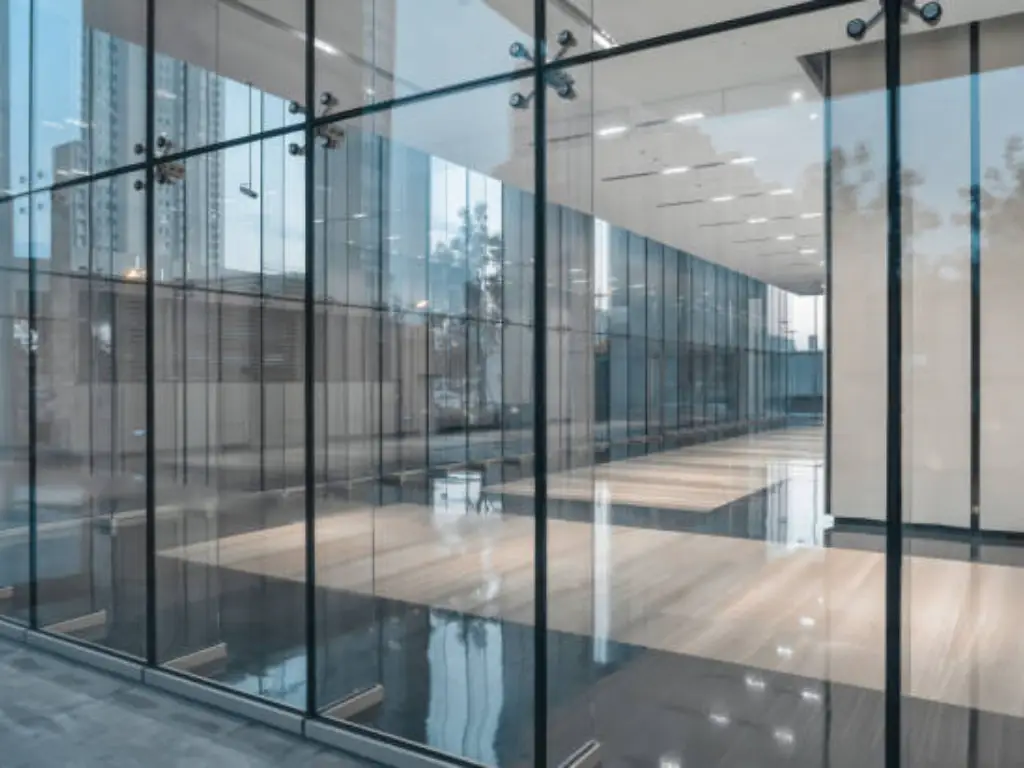
How to Choose Lighting Systems Based on Lux Requirements
Key Factors in Lighting Selection
It is important to keep in mind certain essential aspects while choosing lighting fixtures that will accomplish set lux levels in a particular area:
- Lumens: Brightness levels in a room are directly affected by the light output of a fixture, expressed in lumens. Take, for example, a light fixture that outputs 1,000 lumens; that luminaire will be brighter than one that emits 500 lumens and will ensure that the lux achievable in the room conforms to the requisite value.
- Beam Angle: The angle at which light is emitted from a fixture determines the extent of a surface that receives illumination. High levels of intense light are created when the beam angle is narrow (15°) while softer illumination is produced when the beam angle is wide (120°). In either case, they assist in ensuring the accurate lux level is achieved.
- Color Temperature: The light’s warmth and coolness, measured in Kelvin, K, determines the brightness of an area and the overall mood. For optimum relaxation, warm light ranging from 2700K-3000K temperature is best, while cool light supports productivity at workstations, attaining a range between 4000K-6500K, which enhances the needed activities.
- Energy Efficiency: Replacing existing fixtures with LEDs is an option that saves energy and can fully illuminate a space with the necessary lux levels. Compared to other lighting options, LEDs use 50-80% less energy, making them perfect for both industrial and residential lighting.
- Color Rendering Index (CRI): The capacity of light to disclose colors in comparison to natural daylight is measured using a Color Rendering Index (CRI) on a scale of 0 to 100. Spaces such as art galleries, retail stores, and kitchens require a high CRI (90+) to facilitate accurate coloring. In this case, achieving the appropriate lux level and CRI will improve the aesthetics and usefulness of the space.
- Fixture Type: Various styles of fixtures are intended for different applications:
- Recessed Downlights: Recessed downlights work well as pendants or spotlights and are well-suited for general ambient lighting of living rooms or offices as they provide soft even levels of lux throughout the entire room.
- Track Lighting: Track lighting provides accent illumination with proper flexibility for galleries or retail spaces that require the ability to adjust the illumination levels for specific areas.
- Surface-Mounted Lights: These are intended for use in corridors or rooms with low ceilings that require efficient lighting distribution over flat surfaces.
- High Bay Lights: Custom-made for warehouses, industrial facilities, and gyms, these lights provide unmatched luminous flux for high open spaces due to their requirement for powerful, wide-area illumination. These lights, therefore, meet the high lux requirements of such spaces which ensure optimal lighting conditions.

Wosen’s LED Lighting Solutions: Precision Meets Performance
At Wosen, we take immense pride in meeting our client’s specific needs and so work hard to build custom versatile LED lights with potent performance fundamentals. Retail and art galleries would be best accommodated by our LED lights featuring CRI >70 to CRI >90 since such environments require exact color representation. Build the ideal atmosphere for your desired space with adjustable color temperatures ranging from warm white (2700K) to cool white or daylight (6500K+). Indoor LED lights with adjustable beam angles and powerful industrial-grade LED high bay lights that provide over 50,000 hours of life can be relied on for long-term use and unmatched performance at Wosen.
LED vs Traditional Lighting: Efficiency & Performance
The last few years have seen the emergence of LED lighting as the best substitute available for traditional light sources, which include incandescent and fluorescent bulbs. LEDs come with a number of benefits in fulfilling lux level standards:
- Energy Efficiency: For starters, unlike traditional bulbs, LEDs have hugely high energy efficiency. Thus, you are able to achieve the desired lux level and save on energy bills at the same time. This can be very beneficial when applied to industrial lighting and large spaces.
- Longer Lifespan: LEDs are capable of lasting up to 10 thousand hours or more, which means that they are not frequently replaced and thus, are a great time savior when it comes to maintenance costs and time, all while providing a consistent light level throughout their life.
- Instant Illumination: LEDs provide full brightness in an instant whereas some of the traditional bulbs take time to warm up. Instant illumination guarantees that the lux level is instantly provided when you need it.
- Directional Light: LEDs give off a specific directional light and thus are ideal for task lighting while minimizing wasted light. This is highly advantageous in precision work areas where accurate lux levels are very important, such as workshops or labs.
- Dimmability: LEDs come with almost perfect dimming capabilities, as compared to fluorescents which flicker or hum when dimmed. You can easily adjust the lux level to suit different activities and moods.
- Heat Emission: Incandescent bulbs are extremely inefficient, wasting 90% of consumed energy in the form of heat, which can be dangerous due to combustion. On the other hand, LEDs are at room temperature facilitating the maintenance of appropriate lux levels in the house and even in business places like shops and offices.
| Metric | LED | Fluorescent | Incandescent |
| Efficiency | 80-100 lm/W | 50-70 lm/W | 10-17 lm/W |
| Lifespan | 25,000-50,000 hrs | 10,000-15,000 hrs | 1,000-2,000 hrs |
| Energy Use | 7-10 watts (800 lm) | 13-15 watts (800 lm) | 40-60 watts (800 lm) |
| Heat Emission | Low | Moderate | High |
| Dimmable | Yes | Limited | Yes |
When selecting lighting systems, consider the benefits of LED technology to create a more efficient and sustainable lighting design that meets your lux level requirements.
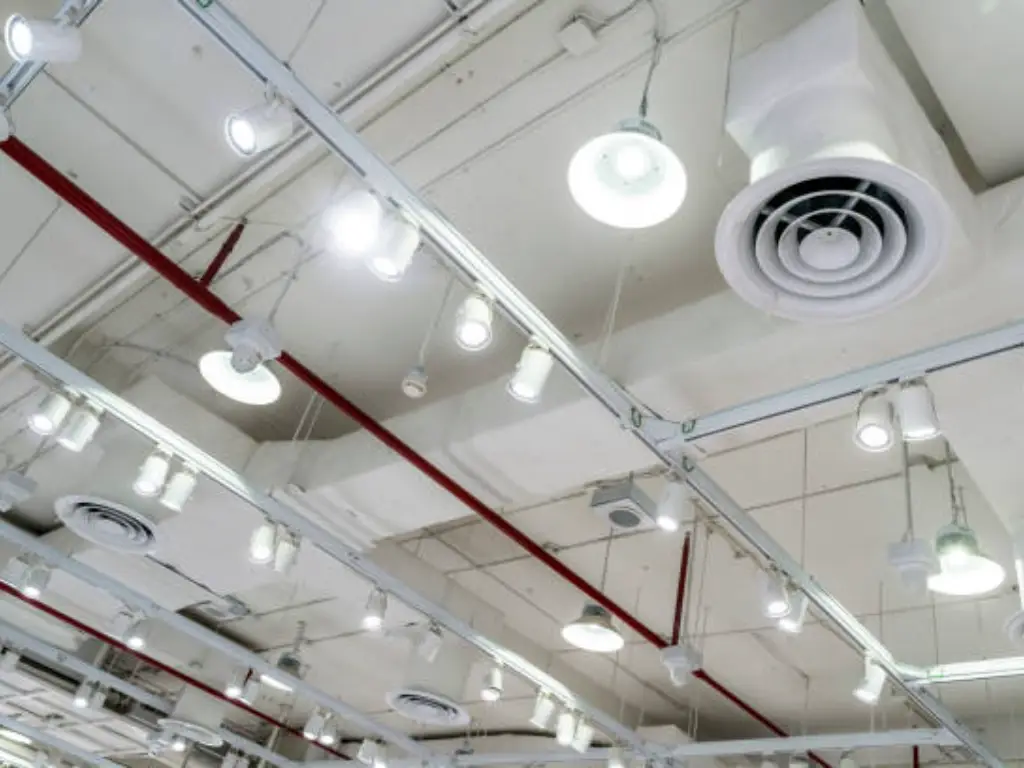
Practical Tips for Achieving Ideal Lighting with Lux Levels
Adjusting Lighting for Different Activities
In achieving an effective and cozy work environment, the light settings should accommodate to the various actions that are being performed within the space. Keep in consideration the following types of lighting:
- Task Lighting: Used in a specific small space for specific activities like reading, cooking, etc. This type of lighting also significantly increases the lux levels in these areas, which makes seeing easier and decreases eye strain.
- Accent Lighting: Used to highlight a specific object in space, like a piece of art or an architectural feature. Use lux levels together with beam angles to improve visuals in space.
- General Lighting: Enables a certain degree of illumination and coziness in a room. This can be achieved by strategically placing overhead fixtures with table lamps.
- Other forms of light can be combined with accent, general, and task lighting, and their intensity levels can be modified to enhance flexibility in terms of how the space can be utilized.
Avoiding Common Mistakes in Lighting Design
Here are some common oversights to avoid when designing a lighting plan according to the lux level standards:
- Overlighting: An individual can only tolerate a certain amount of illumination offered without pain, making uncomfortable and painful sensitivity a skilled person’s ache. Ensure that the recommended lux level for each space and task is adhered to.
- Under Lighting: The invited ambiance created must be maintained through lighting. Best practices regarding the use of lighting are to not exceed the minimum incandescent lux levels to avoid causing friction, literally speaking, for the eyes.
- Uneven Distribution: The aesthetic appeal and orientation of lighting fixtures not perfectly placed, results in improper balance, which gives rave lighting and also poor lighting. To ensure that there is light blending and illumination, it is best to use various types of fixtures and also vary the spacing between the fixtures.
- Ignoring Color Temperature: The brightness and usefulness of a room can be greatly impacted by factors, so setting the temperature too high or too low, using color zones where the rest is required for warmer (2700k-3000k) temperatures, while cooler temperatures (4000 – 6500k) work for high concentration activities.
Eliminating flubs such as the aforementioned will ensure that your quarters have an enhanced level of comfort and organization with regard to lux standards.
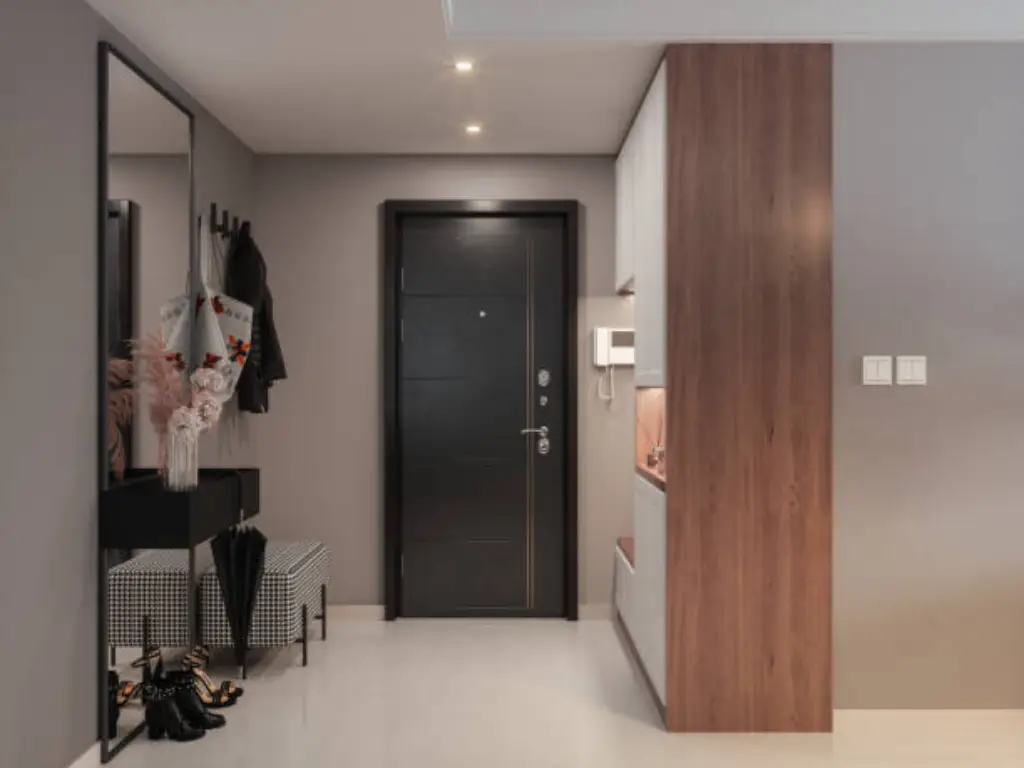
How Wosen‘s LED Lighting Solutions Meet Standard Lux Levels
Wosen is a pro manufacturer of LED lighting solutions because of our outstanding performance indoors and outdoors that aligns with a standard lux level chart. We are one of the most innovative companies in the industry, and their willingness to offer OEM & ODM services demonstrates our unwavering attention to detail. With so many different types of LED lamps available, everyone from homeowners to warehouse owners is able to meet the lux level requirements and standards of their respective regions with ease and speed. Wosen assures homeowners, construction representatives, and business owners that they will not be disappointed with the company’s extensive capabilities for meeting lux level standards.
Any Wosen solution for LED lighting allows these lamps to be installed in places with a variety of activities or environmental conditions. You can change the color temperature from a relaxing soft warm white (2700K) to an extremely bright task-oriented cool daylight (6500K+) and everything in between. In addition, RGB lights are ideal for entertaining or hospitality settings where an energetic atmosphere is needed.
The all-inclusive in-house manufacturing allows Wosen to maintain quality control and competitive pricing without sacrificing performance. With 5 to 7-year warranties, our LED fixtures are guaranteed for long-term reliability and reduced maintenance costs as they boast a lifespan of over 50,000 hours. Choosing Wosen allows you to not only meet but surpass the lux level standards while providing energy-saving and sustainable lighting solutions. Discover our range of Wosen LED lights and see for yourself how we can stylishly, efficiently, and precisely illuminate your space.
Conclusion
It is important to note the lux levels pertinent for each room and for specific activities as this ensures space is adequately lit and is comfortable as well as efficient. Following a standard lux level chart and recommended guidelines ensures that your lighting design is adequate for the desired illumination for the scenario at hand.
In addition to these factors, don’t forget the room type, specific activities big or small, and of course, the benefits that LED technology brings with it. By avoiding specific mistakes and reframing the way you think about lighting based on intent, you transform your atmosphere from simply functional to beautifying the space inviting people to come in.
Wosen prides itself on being customer-centric by providing solutions for the areas that matter most, such as meeting lux requirements and exceeding customer expectations. Reach out today so we can assist with illumination adjustments carefully designed to achieve the perfect elegant space.
FAQ: Master Your Lighting Setup with a Standard Lux Level Chart
- How do I measure lux levels in my space?
To analyze the lux levels of your space, you have to own a lux meter or a light meter that automatically calculates illuminance within the range. If you want to get the right lux readings place the light measuring instrument at various places around the room especially where you think requires the best lighting. Make sure you do the tests at different levels and distances from light sources, as lux levels depend greatly on these factors for the most accurate outcomes. - How can a standard lux level chart help prevent eye strain and headaches?
A defined lux level chart allows a person to have control over the recommended lighting levels for a particular task and workspace. Based on that, having the perfect level of lighting ensures that your room has adequate lux levels to avoid excess or minimal lighting which can cause eye strain, fatigue, or from overworking the muscles around the eyes which leads to headaches. Following the chart as a guide improves the environment visually and medically because it directly reduces visual discomfort. - Can I use the same lux level for all rooms?
Different spaces and activities have specific lighting needs and cannot have the same lux value assigned to them. For example, a typical living room requires a softer atmosphere and therefore may require lower lux levels (100-200). A kitchen or office, on the other hand, may need a higher power level to better facilitate these activities (300-500). In situations where accuracy is critical for a certain task, (like a laboratory or an art studio), it would require higher lux levels (1000+). Using a standard lux level chart helps make sure that every room is well-lit according to its purpose. - Does the shape or size of a room affect its required lux levels?
Yes, the room’s area and volume impact its lighting requirements. For example, larger spaces tend to need proportionately more lighting than smaller rooms in order to achieve the same lux level because the light needs to cover more square footage. Moreover, spaces with tall ceilings may require more powerful fixtures or multiple sources of light so that adequate illumination reaches the floor.
The ceiling’s shape also comes into play, for instance, rooms with several sides and corners may require more planning because they might not have even light distribution. For instance, a long and narrow room may need lights along the length to minimize shadows, while square rooms are less demanding in terms of lighting.
As previously mentioned, to accomplish desired lux levels, size and shape should be accompanied by other parameters such as wall color (white walls are easier to illuminate) and natural light.
